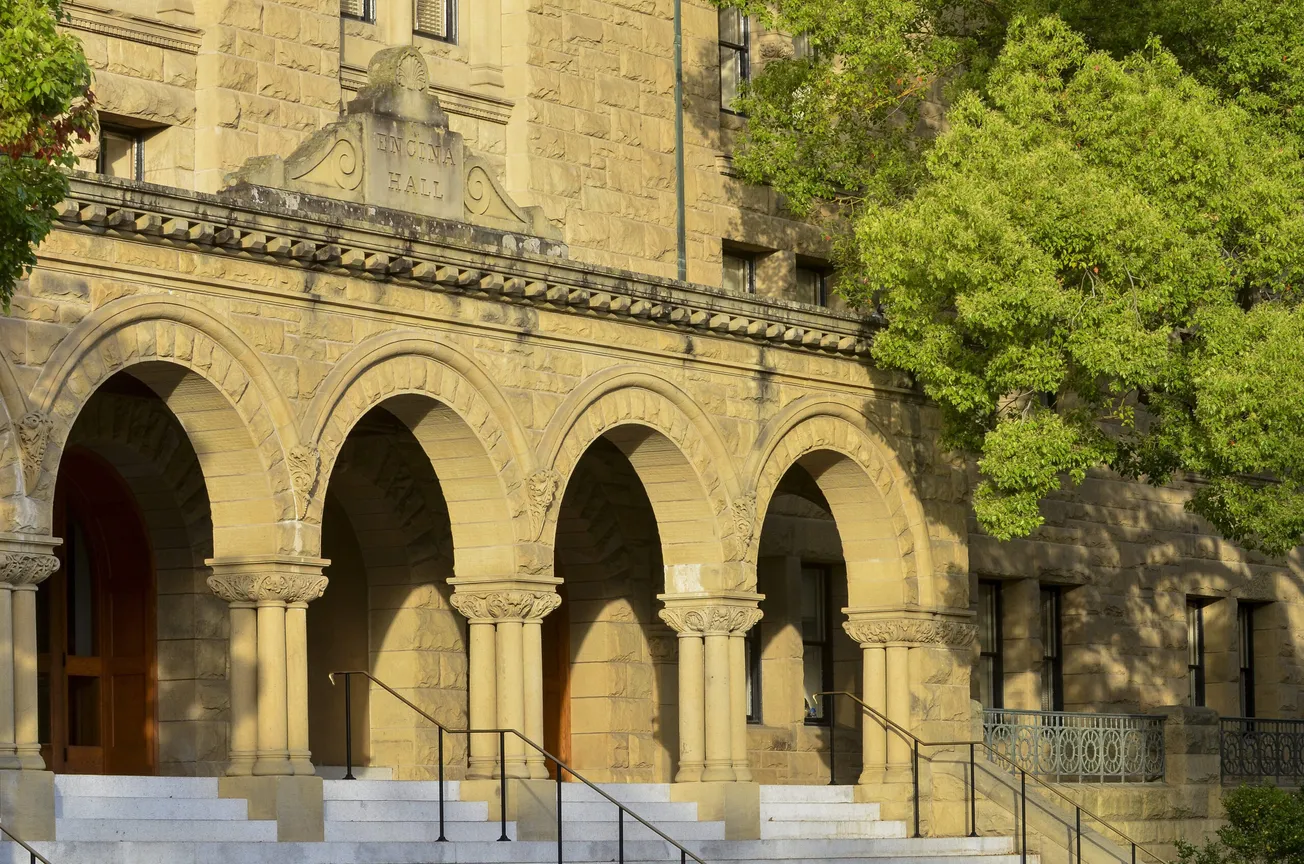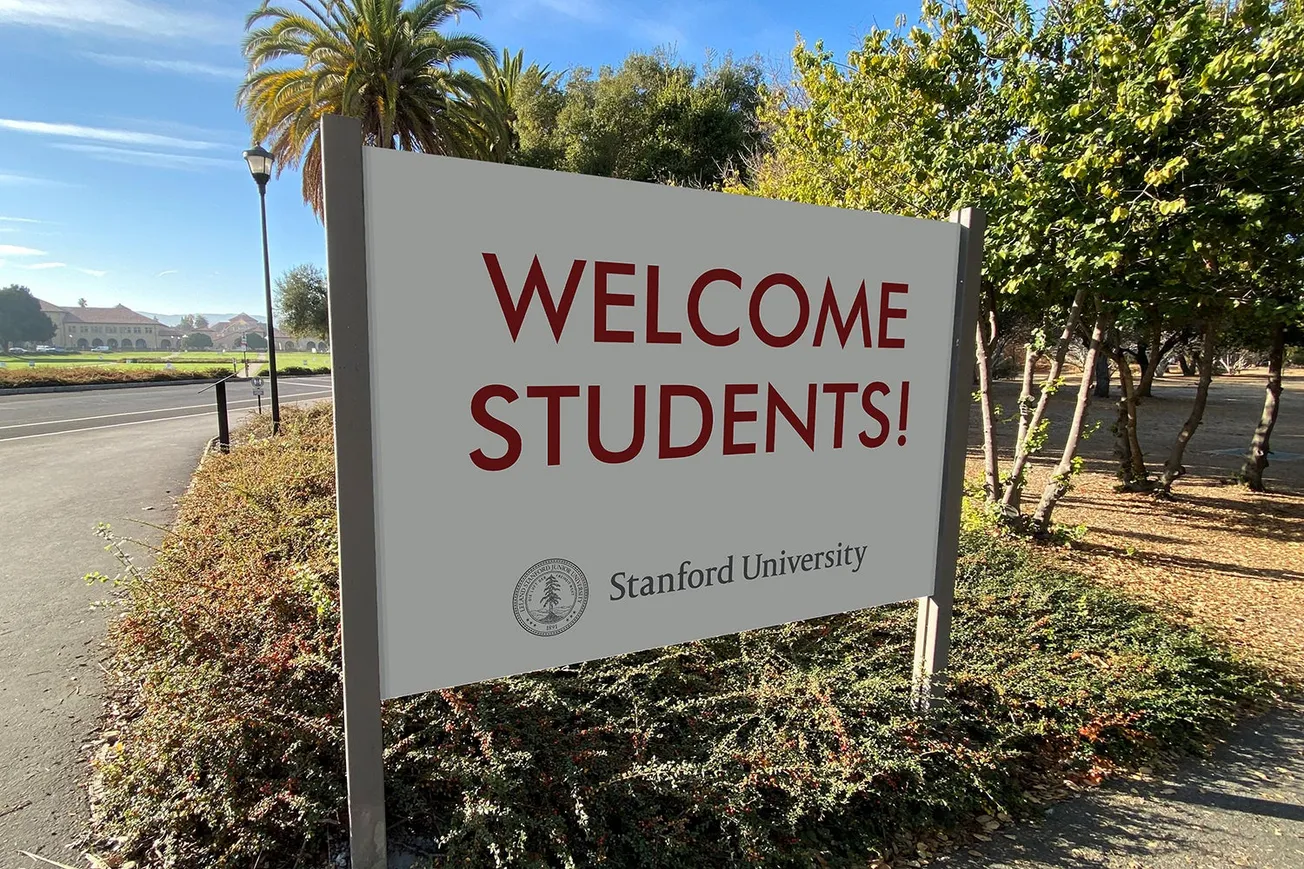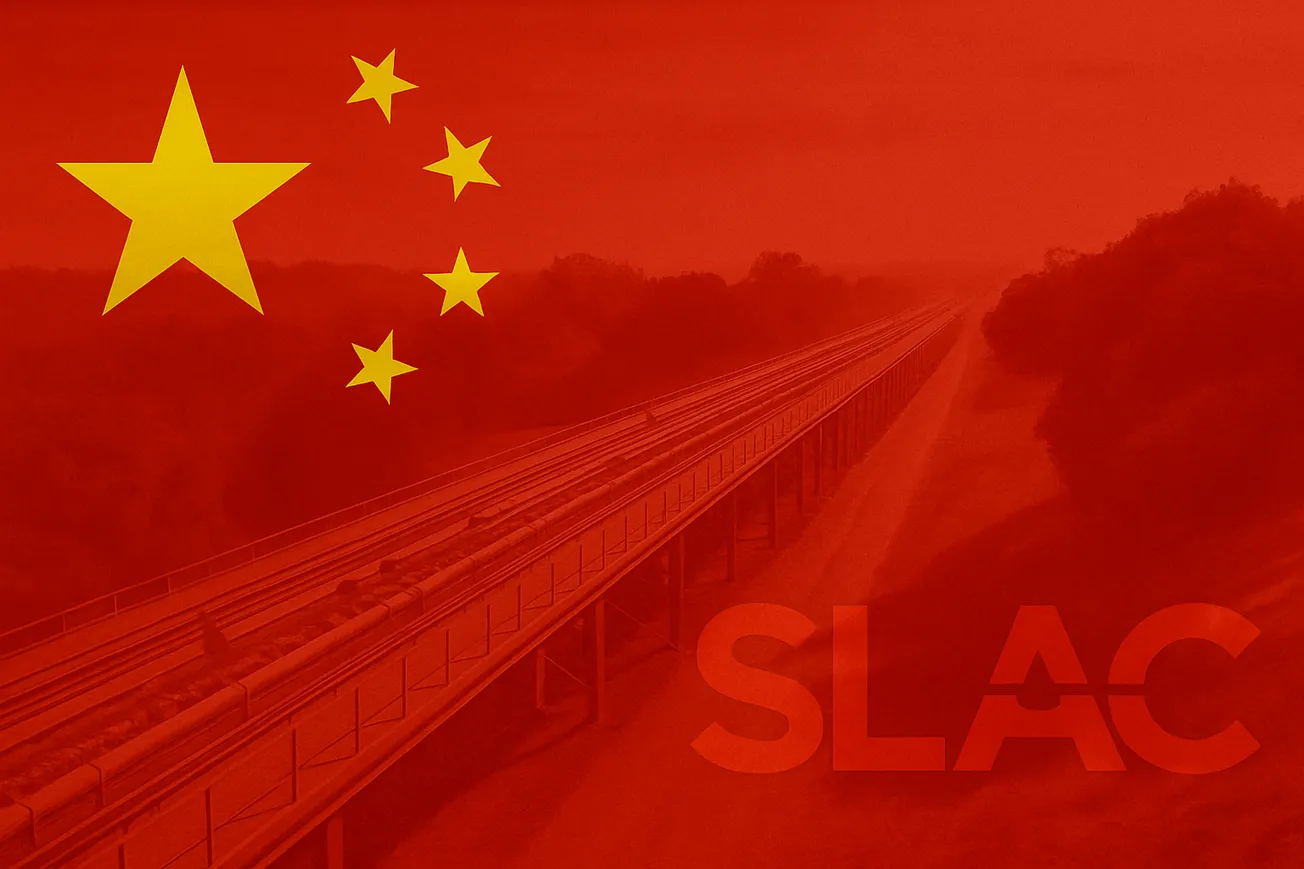Table of Contents
Stanford University’s Cyber Policy Center is coordinating domestic and international censorship initiatives.
On September 24, 2025, Stanford’s Cyber Policy Center and Social Media Lab hosted a secret dinner for 21 internet safety academics and top censorship officials from the European Union, the UK, Australia, and Brazil. The dinner’s agenda, titled “Compliance and Enforcement in a Rapidly Evolving Landscape,” was leaked by an insider, revealing plans to operationalize a coordinated censorship framework. It called for “enhanced networks that facilitate future partnerships between regulators, academics, and technology experts” and the “formation of working groups” to tighten enforcement mechanisms and craft “robust” tech policies.
It outlined plans for a “summary report distilling key insights, plans and recommendations, to be shared privately with participants and published in a modified form on [the] Stanford website for broader dissemination” - a sanitized version for public consumption and a private version detailing censorship practices for internal use.
The attendees represented center-left governments across the West’s largest democracies: Labour in the UK, Labor in Australia, and da Silva’s coalition in Brazil.
In the two days following the dinner, the Stanford Cyber Policy Center hosted a “Trust and Safety Research Conference,” discussing issues like cybercrime and fraud with more vaguely-defined topics like “content moderation and AI alignment.” Participants of the September 24 dinner featured prominently: Jonathan Porter from the UK’s Office of Communications spoke on “researching user behavior online;” Julie Inman Grant, the head of Australia’s eSafety bureau, which is responsible for censoring political and offensive speech, held a fireside chat; and Stanford’s Florence G’sell presented on “AI Misinformation and Harmful Speech: Compliance and Mitigation.”
The Review’s report aligns with University of Austin Professor Michael Shellenberger’s report and reveals further details. Government officials and nonprofits from center-left democracies envision international censorship infrastructure under the guise of “safety” and “combating misinformation.” In this effort, Stanford’s Cyber Policy Center serves as a crucial institutional node, providing convening power, academic legitimacy, and technical capabilities to link foreign censorship regimes with each other and with the US technology ecosystem.
A Vision of Global Content Control
Frank McCourt, the philanthropist behind the now-shuttered Stanford Internet Observatory, financed the dinner gathering through his “Project Liberty Institute” (PLI), to which he gave $500 million to “strengthen democracy” and “foster responsible technology.” According to a PLI spokesperson, the organization “has made unrestricted gifts to several academic research programs, including Stanford University.” While Stanford has formally shuttered the PLI-backed Internet Observatory, the University has continued to accept funding tied to similar efforts to coordinate and advance online content moderation and censorship frameworks.
Internationally and domestically, PLI seeks to consolidate content regulation under a unified, empowered network of regulatory bodies.
PLI’s policy “blueprint” states that it supports a “US-EU Digital Relationship … [that focuses] on regulatory interoperability and oversight, to achieve a single unified market.” The strategy exploits the “Brussels Effect,” the EU’s ability to set de facto global standards through market power. By crafting universal compliance standards, which would be less expensive than maintaining separate regulatory regimes, PLI’s ideological allies would entice US tech companies to extend European censorship requirements to American users. Simultaneously, within the United States, the PLI encourages “revisit[ing] the diffusion of responsibility amongst diverse federal agencies for regulating Big Tech’s excesses,” promoting the centralization of digital platform regulation under a concentrated, empowered body capable of enforcing stricter moderation standards.
Stanford as Censorship Nexus
Through the September 24 dinner, Stanford’s Cyber Policy Center assembled and platformed participants with established records in building censorship infrastructure.
Attendees included: the Deputy Consul for the Brazilian government in the US, Mariana Ferreira Thiele, who is behind UN and multilateral efforts to monitor and censor disfavored views including on climate change; the Knight Foundation’s Alissa Cooper, who is organizing a 2025 meeting on how to use the EU censorship law as “a new global standard for platform regulation;” the EU government’s Gerard de Graaf, who liaises with the US tech community on removing “illegal content” like “disinformation;” and Kang-Xing Jin, who led Meta’s anti-misinformation efforts around COVID-19, which among other things censored the “lab leak” theory, now recognized by the CIA as likely true.
The September 24 dinner’s keynote speaker was eSafety’s Julie Inman Grant. She previously organized the multilateral “Global Online Safety Regulators Network,” spanning Australia, France, Ireland, South Africa, Korea, the UK, and Fiji, and has been explicit about its coercive intent, boasting: “we have a big stick … that we can use when we want to … [social media platforms] are going to be regulated in ways that they don’t want to be regulated.”
Stanford’s role as convener for these figures is neither a one-off nor new. As far as Spain, the Cyber Policy Center in June organized a closed-door conference on facilitating “practical adoption of trust & safety solutions” in the realm of AI auditing. This year, Stanford’s Social Media Lab published a “taxonomy of harms” for “risk-based” regulatory frameworks like the EU’s; its policy experts ranked hate speech as a greater harm to children than impersonation.
The Stanford Cyber Policy Center’s and Social Media Lab’s newfound prominence follows the dissolution of the infamous Stanford Internet Observatory in 2024; all three organizations were established within the Freeman Spogli Institute for International Studies. The Stanford Internet Observatory attempted to consolidate the flagging of “problematic” social media content under one authority during the COVID-19 pandemic, employing an army of volunteers, largely Stanford undergraduates. Its efforts were effective; social media platforms removed roughly a third of the millions of flagged posts. The Internet Observatory attracted Congressional inquiries for its behavior, as it collaborated with Twitter to suppress information that it knew was factually true, like “reports of vaccinated individuals contracting Covid-19.” The Stanford Internet Observatory further received $750,000 from the National Science Foundation in academic grants in 2021, raising questions of government sponsorship of censorship. Now efforts to promote censorship, like the Internet Observatory, have returned under new guises with Stanford Cyber Policy Center at its center.
A Lack of Transparency
From privately-shared reports to unannounced meetings, there has been a concerning lack of transparency from the September 24 dinner’s attendees as well as the Stanford Cyber Policy Center.
Shellenberger emailed all 21 participants and organizers of the September 24 dinner; 18 failed to comment. The European Union declined to comment because, even though Shellenberger gave over 24 hours, a spokesperson said “[they] would need several days” to compose a response.
The Review visited the Cyber Policy Center in a further attempt to seek comments, but an employee there informed the Review that the organizers it attempted to seek comment from were all occupied with “back-to-back” meetings. Even when the Review expressed willingness to wait for as long as necessary until meetings ended, the employee directed us to seek comment via email. The Review, however, was able to track down Sunny Liu, one of the dinner organizers. Liu stated that conference participants were “unable to talk” about details of the conference, and stated that the Review should refer to a forthcoming statement from Stanford University on the event.
Representatives from eSafety commented to Shellenberger that “eSafety has no role in regulating [U.S.] hate speech or disinformation … nor does it have any role in diplomatic, trade or other government-to-government relations.” But in the same response, they explain that “as the internet is global and functions irrespective of national borders, by necessity eSafety collaborates with law enforcement, other government agencies, and non-government partners around the world, including in the United States.” This collaboration with government agencies across borders constitutes, by definition, “government-to-government relations.” The statement reveals the logic driving these initiatives: because internet speech transcends national boundaries, regulators seek a global apparatus to enforce content standards that a single nation would struggle to impose alone.
The Australian government also revealed that it had chosen Stanford University’s Social Media Lab, which co-hosted the foreign censorship meeting with Stanford Cyber Policy Center, as its “Lead Academic Partner.” Australia maintains strict speech laws criminalizing anyone who would “offend, insult, humiliate or intimidate another person or a group of people,” on the basis of race, colour, descent or national or ethnic origin.
The UK’s Office of Communications responded that it collaborates internationally “to enforce the duties in the Act which are related to securing protections for people in the UK,” and that “regulators around the world regularly exchange insights, experience, and best practice.” The UK arrests 30 people each day for “offensive communication” and has sent police to some citizens’ homes for criticizing Labour politicians on Facebook; the Office of Communications plays a central role in that effort. We are to suppose this is “best practice” in deciding what voters can and can’t see.
By credentialing content censors as legitimate academic researchers, by serving as an intermediary between these censors and left-leaning donors, and by convening conferences and secret dinners to coordinate “partnerships between regulators, academics and technology experts,” Stanford institutions serve as a nexus of transnational censorship.
Closed-door conferences and secret dinners on censorship - these policies, both in their content and in their lack of transparency, stand opposed to the values that Stanford’s new Administration professes to hold dear: curiosity, free inquiry, openness, and academic freedom.
We urge Stanford to cease the promotion of censorship at home and abroad. Stanford should not be the “Lead Academic Partner” advising foreign institutions on censoring their citizens. Free societies require free speech to flourish; universities must defend the conditions of open inquiry, not erode them. When universities abandon that duty, they imperil both academic freedom and the democratic values they claim to serve.
Update: Congressman Jim Jordan has sent a letter to the Stanford Cyber Policy Center requesting information relating to foreign censorship, stating that "This letter serves as a formal request to preserve all existing and future records and materials relating to the topics addressed in this letter.”





